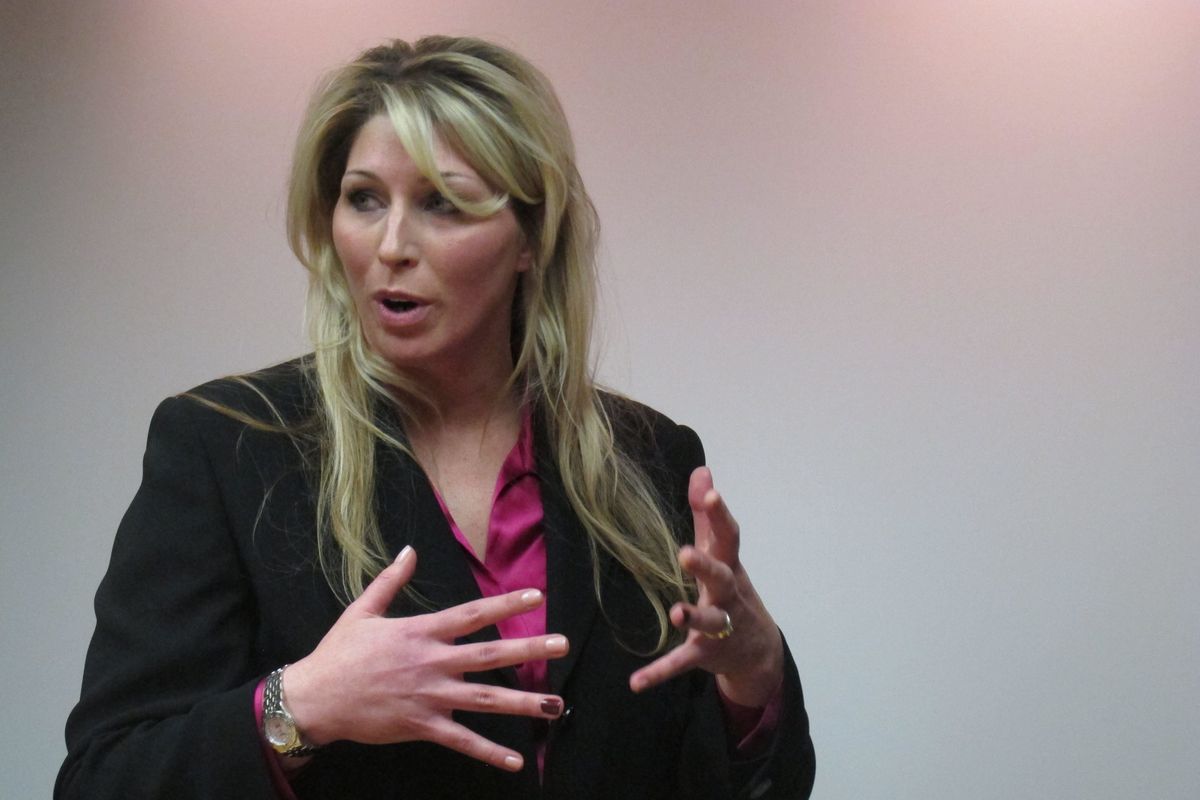FBI: Alaska barista assaulted, dismembered

ANCHORAGE, Alaska (AP) — A man who died in an apparent suicide this week in an Alaska jail after confessing to a string of killings across the country had sexually assaulted and strangled an Anchorage barista the day after he abducted her, then left her body in a shed while he went on a two-week cruise, the FBI said Tuesday.
In the most detailed account yet of what happened to Samantha Koenig, who disappeared in February, authorities said Israel Keyes told them he strangled the 18-year-old, then left her body in a shed outside his Anchorage house until he returned from his cruise from New Orleans.
Once home, Keyes posed Koenig’s body to make it appear she was still alive and took a Polaroid photo of her tied up, along with a newspaper dated Feb. 13 — 12 days after the abduction from a coffee stand. He later typed a ransom note demanding $30,000 from Koenig’s family on the back of a photocopy of the photo, sending a text message from the woman’s cellphone with directions where he’d left the note at a local dog park.
Keyes dismembered Koenig’s body and disposed of the remains in a frozen lake north of Anchorage after he cut a hole in the ice, the FBI said in a release.
Keyes, 34, was arrested in Koenig’s death in March in Texas, after using her stolen debit card at ATMs there and in Alaska, Arizona and New Mexico.
After his arrest, Keyes confessed to killing Koenig and at least seven other people across the U.S. over the past decade. His other known victims were Bill and Lorraine Currier of Essex, Vt., who disappeared in June 2011. Keyes told authorities he also sexually assaulted and strangled Lorraine Currier.
The couple’s bodies have not been found.
Keyes confessed to other killings without identifying the victims or saying where their remains were, other than that four were killed in Washington state and one was killed on the East Coast with the body disposed of in New York. Keyes had lived in Washington state and had property in upstate New York.
Keyes, who faced a March trial in Koenig’s death, was found dead Sunday in his Anchorage jail cell after he apparently killed himself.
Also Tuesday, authorities released video footage of Keyes abducting Koenig, caught by a surveillance camera. Another video shows him returning for her cellphone, followed four minutes later by a man identified by the FBI as Koenig’s boyfriend, who was looking for her.
In the first video, Keyes wears a black ski mask as he climbs through the window of an Anchorage coffee kiosk. Before entering the stand, he orders an Americano coffee, which Koenig makes.
Koenig is seen putting her hands up several times, and at some point Keyes makes her turn off the light. The light switch was close to a panic button, but Koenig never pushed it, probably because she was too afraid, police said.
The video shows Keyes using zip ties to bind Koenig’s hands behind her back, and leading her out. He told Koenig he would let her go if her family paid a ransom, but that was never his intention, police said.
“He knew all along he was going to kill her,” Anchorage homicide Detective Monique Doll said.
Koenig’s body was recovered from the lake in April after Keyes told authorities where he put it.
The other video shows a man identified as Keyes getting out of a white pickup truck parked in nearby parking lot just before the abduction took place, and returning with another person he appeared to be gripping tightly.
Police said Tuesday a license plate, green toolboxes and a ladder rack had been removed from the truck before the abduction, then reinstalled afterward so Keyes could disguise the vehicle, which had an extended bed.
In their investigation, the vehicle appeared twice in a list of 750 local white trucks of the same kind, but police scratched it off the list of possibilities because it looked so different.
Authorities say Keyes traveled extensively in the U.S., landing at one location and targeting victims randomly hundreds of miles away. Keyes told authorities he robbed several banks and used money he made as a general contractor to pay for his travel.
In the Koenig case, he stuck to his own town.
“He broke his own rule,” Doll said.